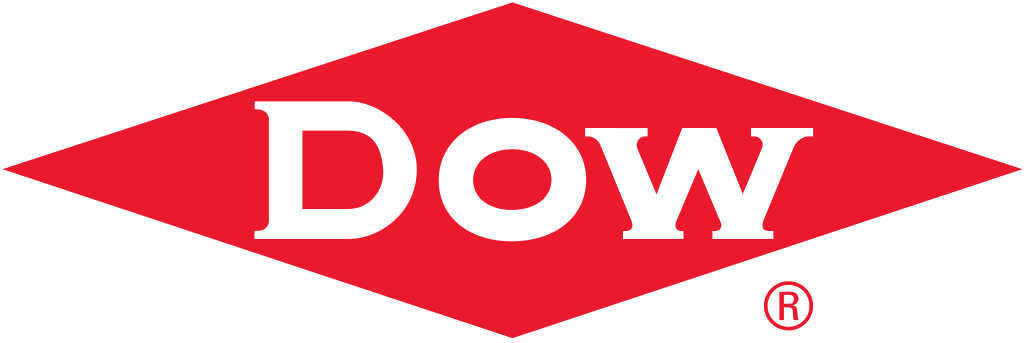Past Events
Hosted by
 |
2022 US Innovators Roundtable |
|
|
|
|
|
|
The LEGO Group |
2022 European Forum |
|
|
|
||
|
2022 GC3 Virtual Roundtable |
||
|
|
||
 |
2021 GC3 European Forum |
|
|
|
||
 |
2020 GC3 Innovators Roundtable |
|
 |
2019 GC3 Innovators Roundtable Hosted by Procter & Gamble, North American Fabric Care (Cincinnati, OH) May 7-9, 2019 |
|
 |
2018 GC3 Innovators Roundtable Hosted by Eastman (Kingsport, TN) May 8-10, 2018 |
|
 |
2017 GC3 Innovators Roundtable Hosted by Steelcase (Grand Rapids, MI) April 25-27, 2017 |
|
 |
2016 GC3 Innovators Roundtable Hosted by Seventh Generation (Burlington, VT) May 24-26, 2016 |
|

Facebook
Twitter
Youtube
LinkedIn
Instagram